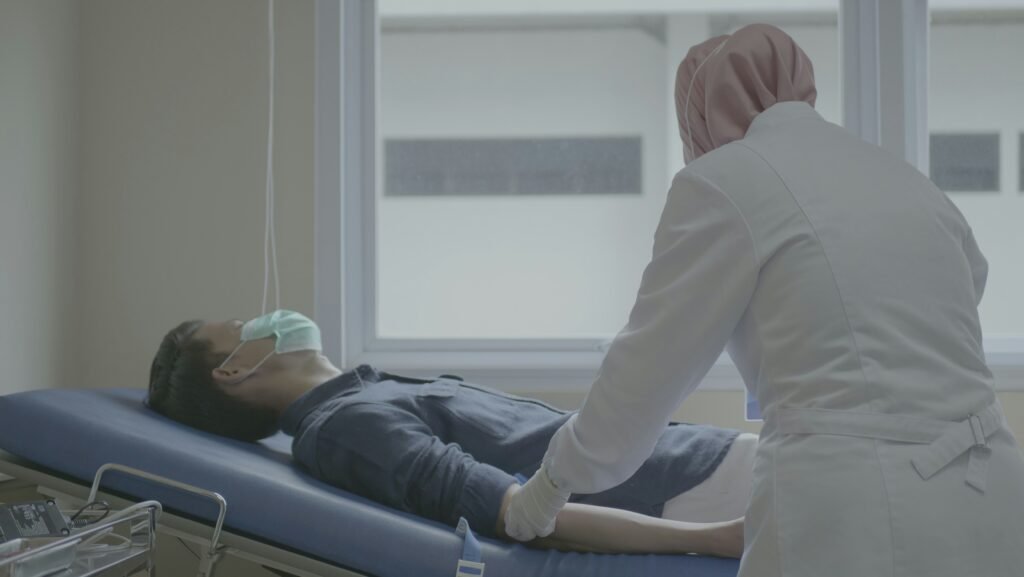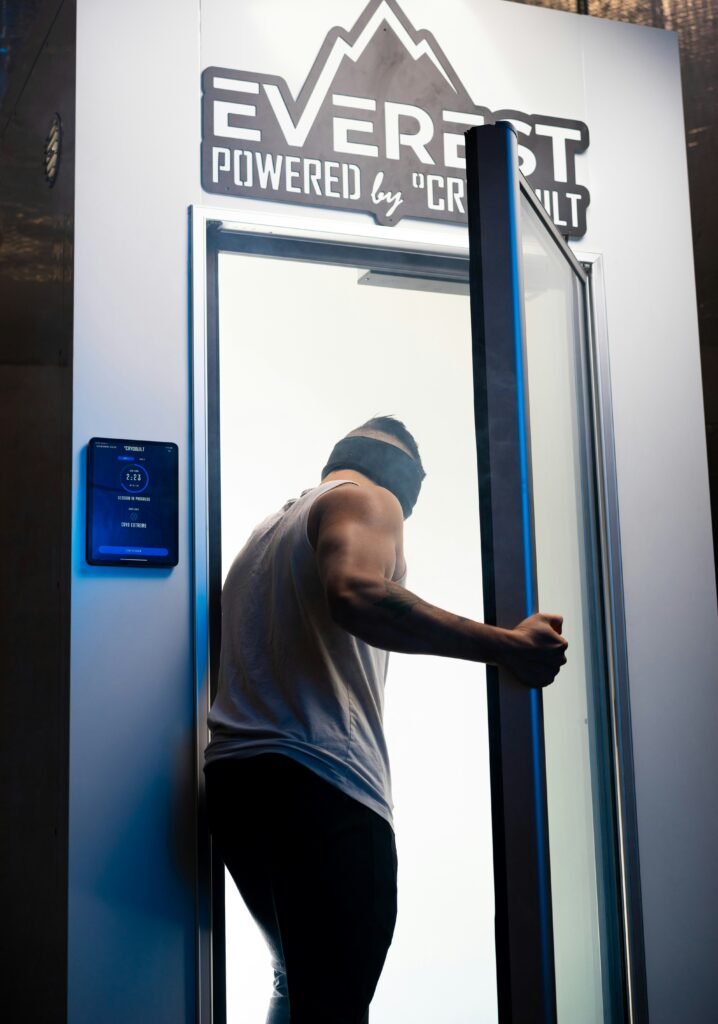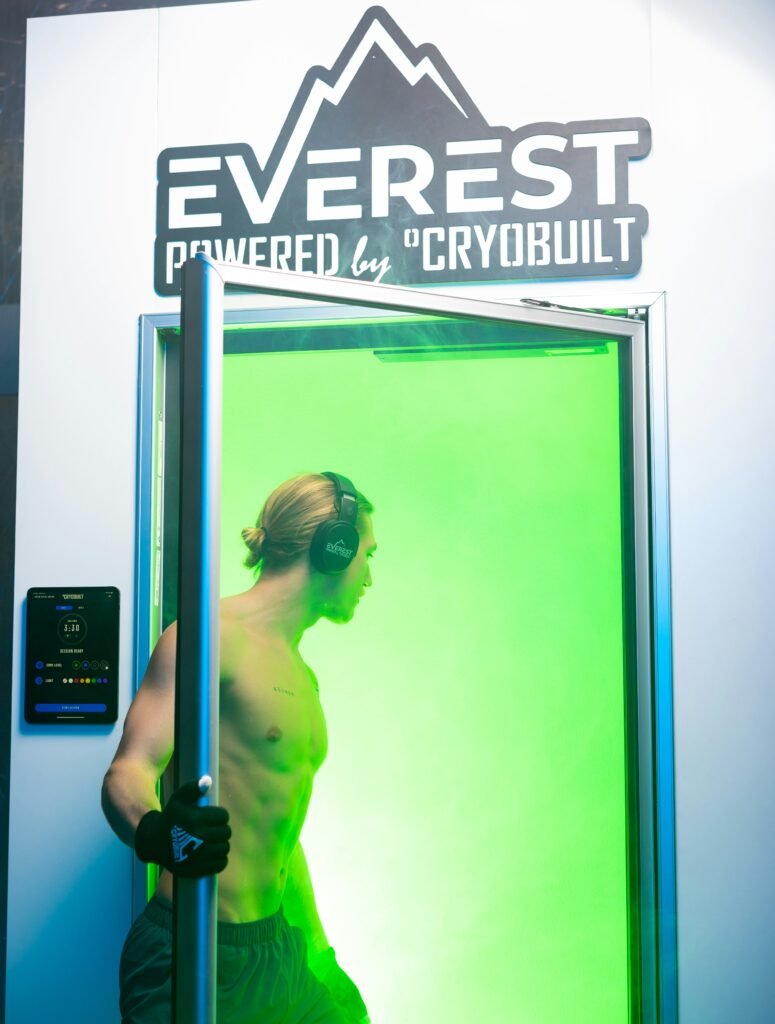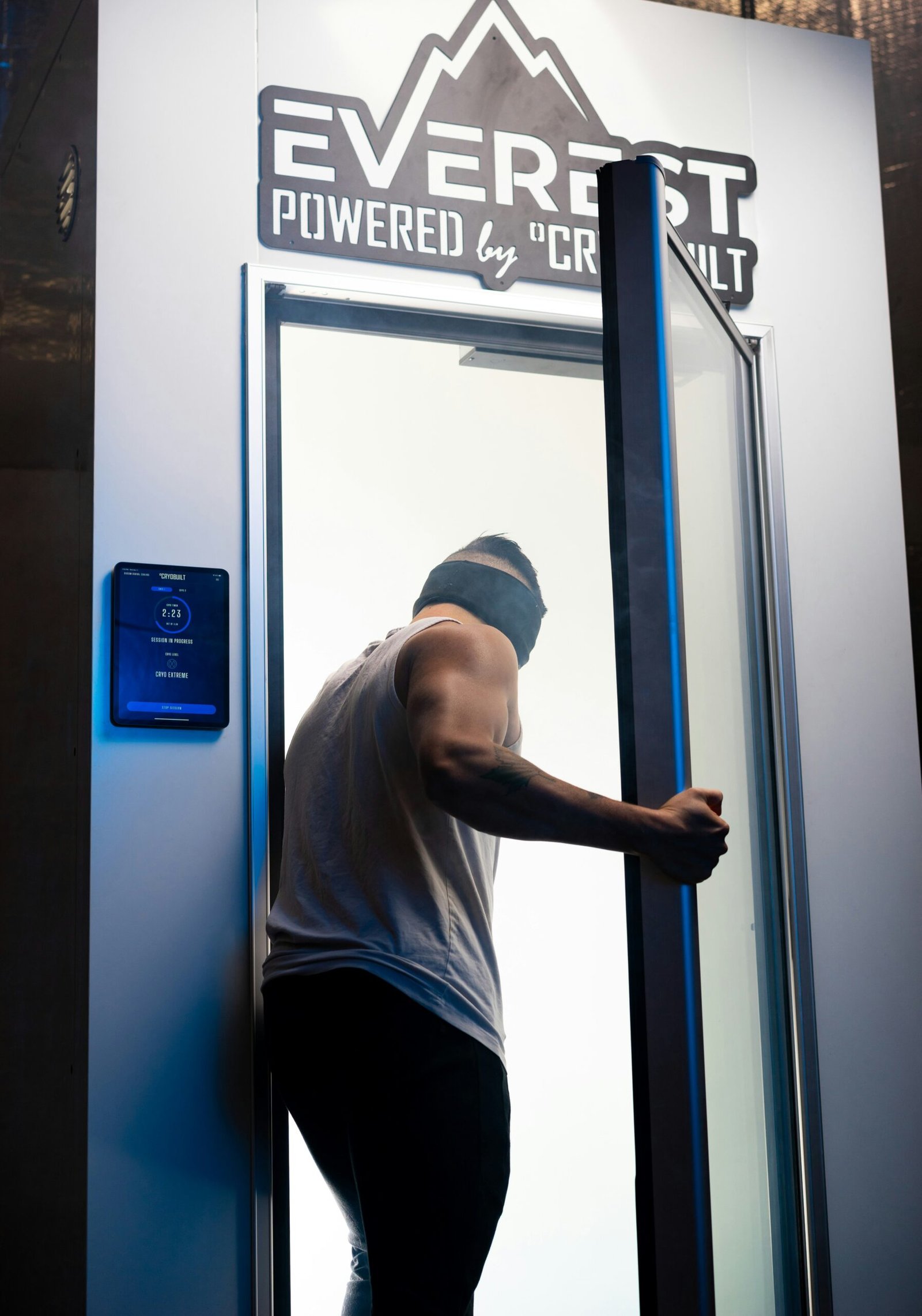Have you ever thought about how the temperature around you could influence your body and its ability to shed pounds? It’s a fascinating concept, isn’t it? The relationship between cold exposure and weight loss has caught the interest of many, and you might be wondering whether this idea is fact or mere fiction. Let’s break it down together.

The Basics of Cold Exposure
Cold exposure refers to the practice of subjecting your body to low temperatures, often through cold showers, ice baths, or simply being in a cold environment. This concept has gained traction particularly in weight loss discussions. But what’s really happening to your body when you experience cold?
When you expose yourself to cold, your body responds in a few key ways. First, you may start to shiver, which is your body’s natural mechanism to generate heat. This process requires energy—in other words, calories. The idea is that this energy expenditure can potentially contribute to weight loss.
How Does Cold Exposure Work?
The mechanics behind cold exposure and weight loss hinge on several physiological responses:
-
Thermogenesis: This is the process through which your body produces heat. When exposed to cold, your body works to maintain its core temperature, often resulting in burning calories.
-
Brown Adipose Tissue (BAT): Unlike regular fat, which stores energy, BAT is designed to burn energy to generate heat. Some studies have suggested that cold exposure may activate BAT, leading to increased calorie burning.
-
Metabolism Boost: Being cold can trigger your metabolism to work faster in an effort to maintain warmth. With a higher metabolic rate, your body may burn more calories throughout the day.
Let’s take a closer look at these responses.
Understanding Thermogenesis
What is Thermogenesis?
Thermogenesis is vital for regulating your body temperature. When you feel cold, your body doesn’t just sit there; it springs into action. Here’s how it works:
-
Shivering: Shivering increases your muscle activity, which uses energy and, consequently, burns calories. Your body can burn anywhere from 100 to 400 calories per hour through shivering, depending on the intensity.
-
Non-Shivering Thermogenesis: Beyond shivering, your body can also increase heat production without muscle contractions. This process can be activated by hormones and is often associated with brown fat.
How Many Calories Can You Burn?
Estimating the exact number of calories burned through cold exposure can be tricky, as it depends on several factors like the duration and intensity of the cold exposure, as well as individual factors like age, sex, and overall metabolism.
Below is a rough estimate to give you an idea of calorie burn based on activities involving cold exposure:
| Activity | Estimated Calories Burned (per hour) |
|---|---|
| Mild Cold Environment | 50 – 100 |
| Cold Shower | 200 – 300 |
| Ice Bath | 300 – 500 |
| Prolonged Exposure in Cold Water | 400 – 800 |
Keep in mind that while the numbers can sound appealing, the effectiveness of this method is still widely debated.
The Role of Brown Adipose Tissue
What is BAT?
Brown adipose tissue (BAT) is a special type of fat that burns energy and produces heat instead of storing it. You might find it interesting that infants have higher levels of BAT to help them maintain their body temperature.
How Does Cold Exposure Activate BAT?
When you experience cold exposure, your body can activate BAT through several mechanisms:
-
Cold Temperatures: Direct exposure can signal your body to switch on the brown fat cells.
-
Hormonal Signals: Hormones like norepinephrine can be released during cold exposure, stimulating BAT and enhancing its activity.
The Impact on Weight Loss
Research is ongoing, but several studies have indicated that increased BAT activity can contribute to decreased body fat. Although the amount of weight you can lose through BAT alone is still under investigation, the implications of boosting this type of fat could be big for those looking for weight-loss strategies.
Metabolic Boost: The Cold Advantage
How Cold Affects Your Metabolism
When you subject your body to cold temperatures, your metabolism gets a little turbo boost. Here’s what happens:
-
Increased Energy Expenditure: When your body works to maintain its core temperature, it will burn more calories even at rest.
-
Long-Term Adaptations: Regular cold exposure may lead to long-term metabolic changes. Some might experience an overall increase in their resting energy expenditure—the number of calories your body burns at rest.
Is This Approach Sustainable?
While the idea of burning additional calories through cold exposure is enticing, sustainability is key. If you can manage to adjust to a colder lifestyle, it might benefit your metabolism long-term. However, keeping this up daily can be a challenge for many, making it difficult to rely on this solely for weight loss.

Health Benefits Beyond Weight Loss
While the weight loss benefits are often the main focus, cold exposure may also bring other perks to the table.
Potential Health Benefits
-
Improved Circulation: Cold can help improve blood flow and circulation, as your body works to warm itself.
-
Enhanced Immune Function: Some studies suggest that regular cold exposure can bolster your immune system and decrease the likelihood of illness.
-
Mood Booster: Cold showers and exposure have been linked to a release of endorphins, which can help improve mood and reduce anxiety.
-
Better Recovery: Athletes often use cold water immersion after workouts to help reduce muscle soreness and speed up recovery times.
Caveats to Keep in Mind
While there are benefits, it’s important to approach cold exposure with caution. Not everyone will see the same benefits, and overexposure to cold can lead to adverse effects like hypothermia or frostbite.
Cold Exposure Techniques
Various Methods to Try
If you’re intrigued by cold exposure but unsure where to start, here are a few methods you might explore:
Cold Showers
Taking cold showers can be one of the simplest ways to incorporate cold exposure into your routine. Start with warm water, then gradually decrease the temperature. Aim for at least 30 seconds to a few minutes at a time.
Ice Baths
These can be slightly more intense! Fill a tub with ice and water and submerge yourself for short periods (5-10 minutes). It’s a method widely used by athletes for recovery.
Cryotherapy
This method involves stepping into a chamber that exposes you to sub-zero temperatures for a few minutes. It’s become popular in wellness circles but can also be pricey.
Outdoor Activities
If you enjoy the great outdoors, activities like hiking or skiing in cold weather can provide natural cold exposure while allowing you to engage in exercise.
Best Practices for Cold Exposure
-
Start Slow: If you’re not accustomed to cold exposure, ease into it. Begin with short durations and gradually increase your exposure time.
-
Listen to Your Body: Pay attention to how your body responds. If you feel dizzy or overly uncomfortable, it’s time to stop and warm up.
-
Stay Hydrated: Cold can affect your body’s ability to regulate temperature, so remember to stay hydrated.

Weight Loss: The Bigger Picture
Why Cold Exposure Alone Isn’t Enough
While cold exposure can burn calories and has its myriad of potential benefits, it’s crucial to remember that no single method guarantees weight loss. Here’s why:
-
Caloric Deficit: Losing weight ultimately comes down to consuming fewer calories than you burn. Cold exposure can help, but it shouldn’t be viewed as a standalone solution.
-
Overall Lifestyle: Combine cold exposure with nutritious eating, regular exercise, and adequate sleep for optimum results. These factors can play a more significant role in your weight loss journey than just chill.
-
Individual Variability: Each person’s body reacts differently to cold exposure. What works for one may not produce the same results for another.
A Balanced Approach to Weight Loss
If you’re thinking about incorporating cold exposure into your weight loss routine, consider the following balanced approach:
| Strategy | Description |
|---|---|
| Nutrition | Focus on a well-rounded diet rich in whole foods—fruits, vegetables, lean proteins, and whole grains. |
| Exercise | Engage in regular physical activity, combining cardio and strength training to maximize calorie burn and overall health. |
| Cold Exposure | Utilize cold showers or other methods intermittently to complement your efforts rather than relying solely on them. |
| Sleep | Prioritize quality sleep to support recovery and metabolic health. |
Evidence and Research
What Does Science Say?
While there’s anecdotal support for cold exposure as a weight loss aid, scientific evidence is still mixed. Some studies have shown promising results regarding BAT activation and calorie burning, while others remain skeptical about the extent of these effects.
Research can often take time to conclusively prove theories, but here are a few notable findings:
- A study published in the Journal of Clinical Investigation reported that cold exposure could induce BAT activation, leading to increased energy expenditure in humans.
- Another research paper indicated that a higher amount of BAT correlates with lower body fat levels, suggesting cold exposure could have a role in weight management.
However, it’s essential to clarify that while there are some supportive findings, the degree of weight loss attributable to cold exposure is not yet clearly defined.
Conclusion
So, is cold exposure for weight loss fact or fiction? It seems that the truth lies somewhere in the middle. Cold exposure can create physiological responses that might aid in weight loss, but it shouldn’t replace a comprehensive strategy that includes healthy eating and exercise.
You might find cold exposure an exciting and beneficial practice to add to your weight loss routine, but like all things in life, balance and moderation are essential.
Every body is different, and what works for one person might not work for you. Stay informed, experiment sensibly, and above all, listen to your body as you embark on this journey of weight loss with cold exposure. Be open to the idea, but ensure you’re anchoring your approach to evidence and personal health for the best outcomes.


